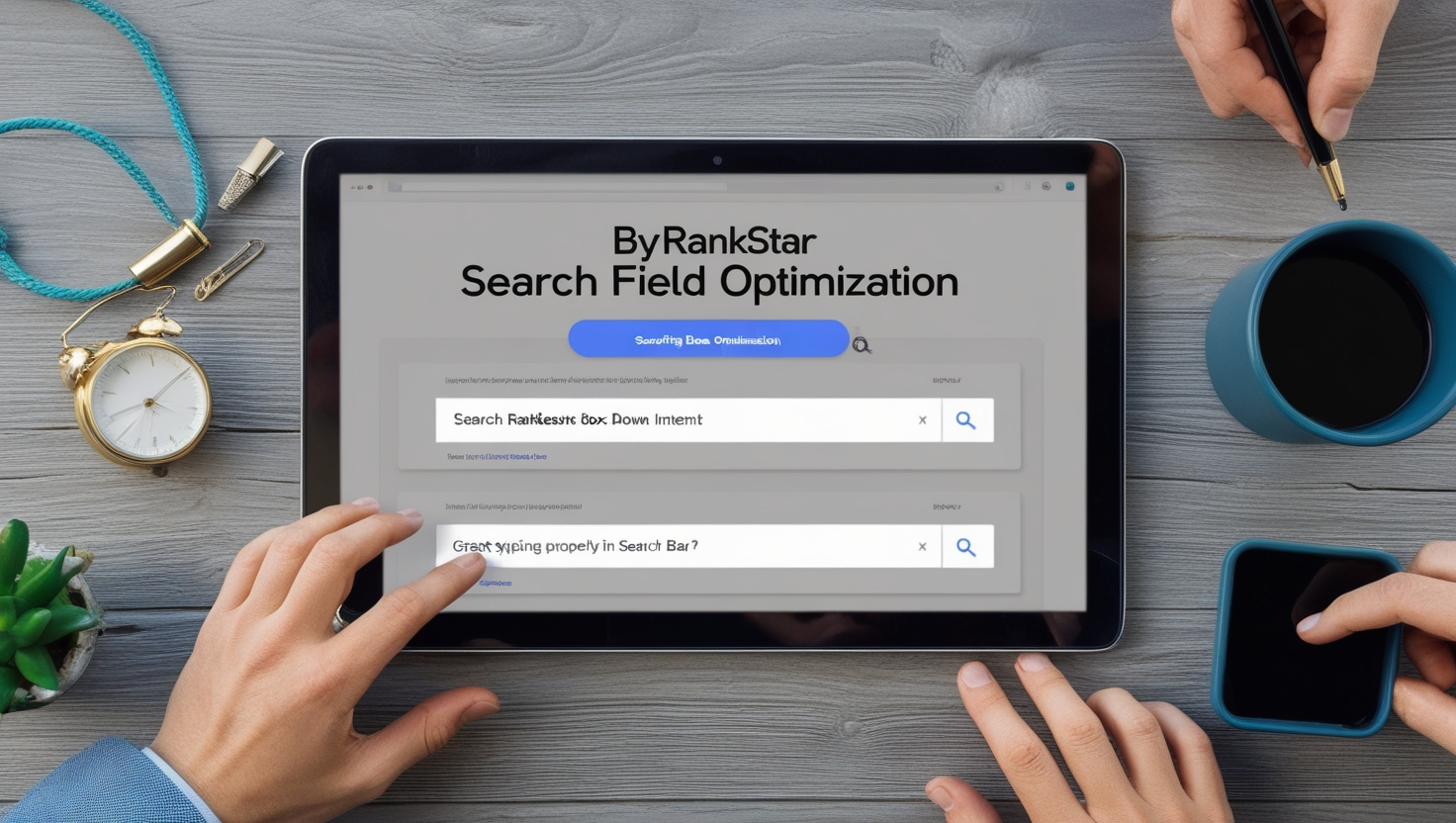In the realm of medical technology, the Alaris 8100 pump is a pivotal device known for its reliability and efficiency in administering intravenous medications. It is susceptible to wear and tear, nevertheless, just like any other mechanical equipment. The Picture of Cracked Alaris 8100 Pump and Broken Door Latch is more than just an image; it serves as a reminder of the challenges faced in maintaining such vital equipment. This article delves into the implications, causes, and solutions associated with these issues to ensure optimal patient care and device longevity.
Significance of the Alaris 8100 Pump in Healthcare
The Alaris 8100 pump is an essential infusion device widely used in hospitals to deliver medications, fluids, and nutrients accurately. Its advanced features, such as programmable settings and real-time monitoring, make it indispensable in critical care environments. However, a picture of cracked Alaris 8100 pump and broken door latch can signal potential safety hazards, affecting its functionality and jeopardizing patient care.
Medical devices like the Alaris 8100 pump are designed to withstand rigorous usage, but constant handling, frequent sterilization, and prolonged use can lead to physical deterioration. Identifying and addressing such damages promptly is crucial to maintaining the integrity of healthcare systems.
Causes of a Cracked Alaris 8100 Pump
Several factors can contribute to a cracked Alaris 8100 pump, including:
- Material Fatigue: Over time, the pump’s plastic components may develop cracks due to repeated use and exposure to cleaning chemicals.
- Accidental Dropping: A common damage cause, unintentional dropping can result in cracks that compromise the device’s structural stability.
- Improper Handling: Mishandling during transport or maintenance can also lead to visible damage.
- Environmental Factors: High humidity, extreme temperatures, or exposure to ultraviolet light can weaken the materials used in the pump’s construction.
The picture of cracked Alaris 8100 pump and broken door latch serves as a vivid example of these vulnerabilities, emphasizing the need for careful handling and routine inspections.
Implications of a Broken Door Latch
The door latch is a critical component of the Alaris 8100 pump, securing the tubing that delivers medication to patients. A broken door latch can lead to several issues:
- Medication Delivery Disruptions: A malfunctioning latch may cause interruptions in the infusion process, risking under-dosing or overdosing.
- Safety Risks: An unsecured door can lead to accidental disengagement of the tubing, creating potential hazards for both patients and healthcare professionals.
- Increased Maintenance Costs: Repairing or replacing broken components adds to the operational costs for healthcare facilities.
When observing a picture of cracked Alaris 8100 pump and broken door latch, it becomes evident how these seemingly minor damages can escalate into significant operational challenges if not addressed promptly.
Steps to Address the Issues
- Routine Inspections: Regularly inspecting the pumps for signs of wear and tear can help detect issues early. The picture of cracked Alaris 8100 pump and broken door latch underscores the importance of vigilance in maintenance practices.
- Timely Repairs: Addressing minor cracks or damages immediately can prevent more extensive issues. Broken door latches should be replaced promptly to ensure the device functions correctly.
- Proper Training: Ensuring that healthcare staff are trained in handling and operating the pump reduces the likelihood of accidental damage.
- Using Protective Accessories: Employing protective cases or covers can shield the pump from environmental factors and physical impacts.
- Regular Maintenance Contracts: Partnering with certified service providers ensures that the pumps receive professional maintenance and repair services.
How to Prevent Future Damages
To minimize the occurrence of issues depicted in the picture of cracked Alaris 8100 pump and broken door latch, proactive measures should be implemented:
- Quality Assurance: Opt for durable models and components from trusted manufacturers.
- Controlled Environment: Store and operate the pump in stable temperature and humidity environments.
- Scheduled Replacements: Replace aging components before they fail to maintain device reliability.
- Incident Reporting: Encourage staff to report minor damages immediately to prevent worsening conditions.
The Role of Technology in Maintenance
Modern technology can aid in preventing and addressing the damages shown in the picture of cracked Alaris 8100 pump and broken door latch. Innovations like predictive maintenance algorithms and intelligent monitoring systems can detect early signs of wear and provide timely alerts. Additionally, 3D printing technology allows for rapid production of replacement parts, reducing downtime for repairs.
Real-Life Consequences of Neglecting Damages
Neglecting the issues illustrated in the picture of cracked Alaris 8100 pump and broken door latch can have severe consequences. For instance, a malfunctioning pump in an intensive care unit could delay critical medication delivery, putting patients at risk. Furthermore, the financial implications of repairing extensively damaged equipment or replacing it entirely can strain hospital budgets.
FAQ Section
Q1: What should I do if I notice a cracked Alaris 8100 pump? A: Immediately report the damage to your facility’s biomedical engineering team for assessment and repair. Prompt action prevents further deterioration and ensures patient safety.
Q2: How can I identify a broken door latch in an Alaris 8100 pump? A: Look for loose or misaligned parts, difficulty securing the tubing, or unusual noises during operation. If you notice these issues, discontinue use and report them.
Q3: Can I continue using the pump if only minor cracks are visible? A: No. Even minor cracks can compromise the pump’s structural integrity and should be addressed immediately to prevent escalation.
Q4: How often should the Alaris 8100 pump undergo maintenance? A: Regular maintenance should be performed per the manufacturer’s guidelines, typically every six months or sooner if issues are detected.
Q5: Are replacement parts for the Alaris 8100 pump readily available? A: Yes, certified service providers typically stock replacement parts for common issues like cracked components or broken door latches. Always choose genuine components to guarantee dependability and compatibility.
Conclusion
In conclusion, the picture of cracked Alaris 8100 pump and broken door latch is a critical reminder of the importance of vigilance in maintaining medical devices. By understanding the causes, implications, and preventive measures associated with such damages, healthcare facilities can ensure these vital tools’ safe and efficient operation, ultimately safeguarding patient outcomes.




